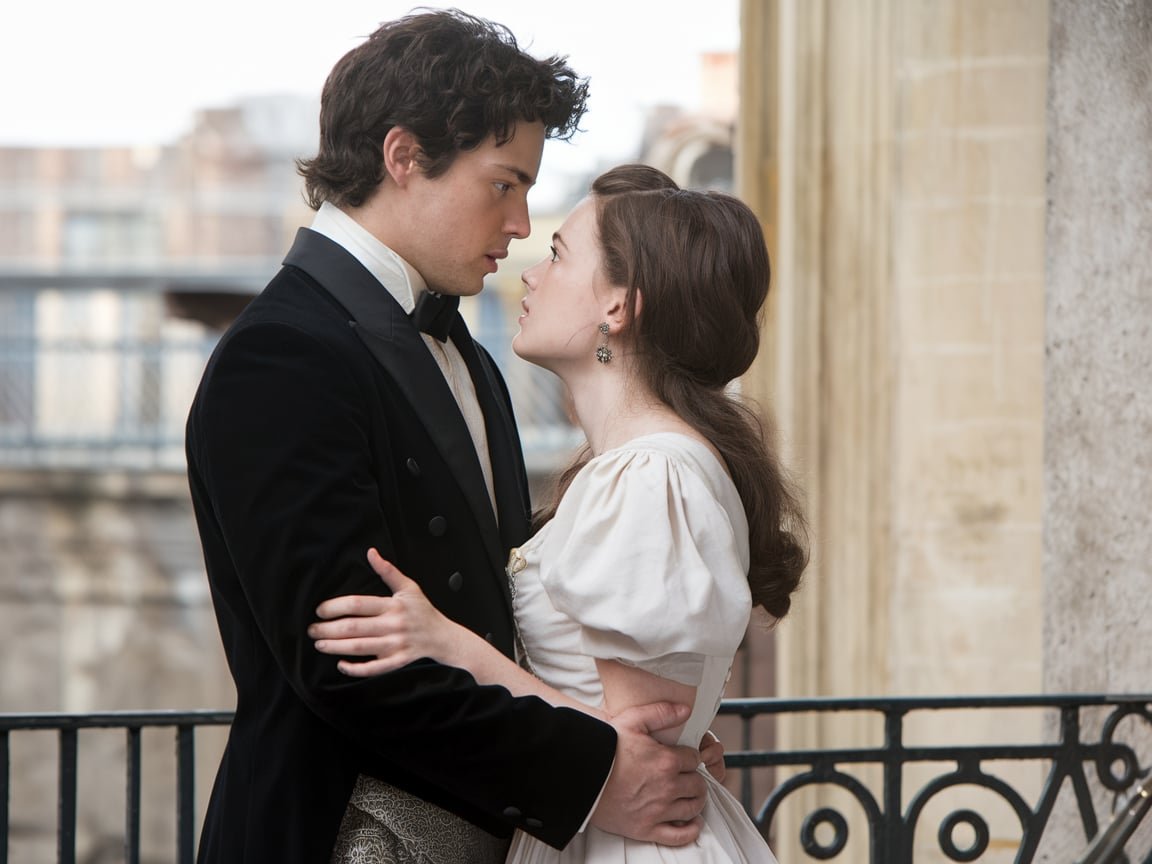William Shakespeare, the greatest playwright in the English language, has gifted the world with numerous masterpieces that continue to captivate audiences centuries after their creation. Among his most celebrated works is the tragic love story of Romeo and Juliet. This play, one of Shakespeare’s most famous, has become a cultural touchstone, inspiring countless adaptations and retellings across various media. In this blog post, we’ll delve into the enchanting world of Romeo and Juliet, exploring its themes, characters, and enduring legacy in literature and popular culture.
The Genius of William Shakespeare
Before diving into Romeo and Juliet, let’s appreciate its creator’s brilliance. William Shakespeare was born in 1564 in Stratford-upon-Avon, England. He’s widely considered the greatest writer in the English language. Shakespeare’s work includes 39 plays, 154 sonnets, and two long poems. Each shows his mastery of language, character, and storytelling.
His plays span many genres: comedies, histories, tragedies, and romances. They’ve been translated into all major languages. Shakespeare’s works are performed more often than any other playwright’s. Romeo and Juliet, written around 1591-1595, is one of his early tragedies. It remains among his most popular plays.
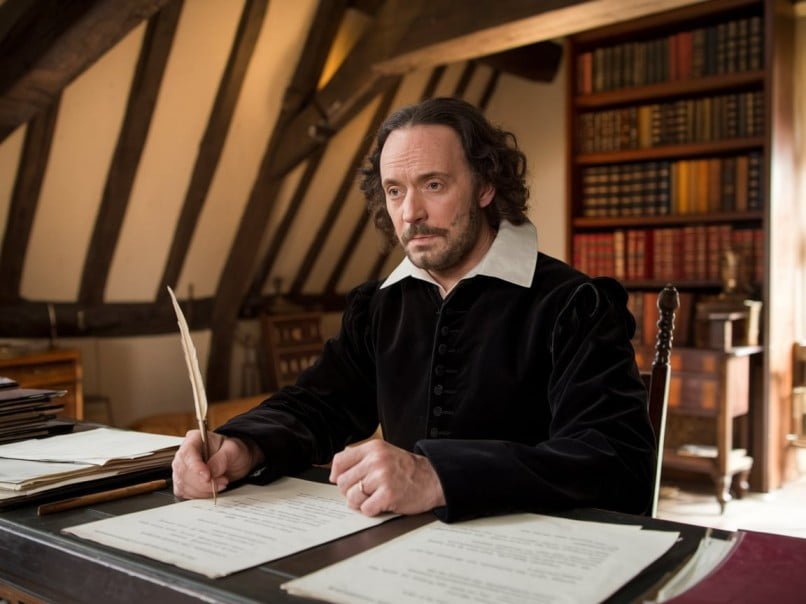
The Story of Romeo and Juliet
Romeo and Juliet is set in Verona, Italy. It follows two young lovers from feuding families: the Montagues and Capulets. The play begins with a street brawl. This sets up the conflict leading to the lovers’ tragic end.
Romeo Montague attends a Capulet masquerade ball. There, he meets and falls for Juliet Capulet. They pursue their love despite their families’ bitter rivalry. The couple secretly marries with Friar Laurence’s help. He hopes their union will end the feud.
However, their happiness is short-lived. A series of misunderstandings and unfortunate events leads to Romeo being banished from Verona for killing Juliet’s cousin, Tybalt. Meanwhile, unaware of Juliet’s secret marriage, her parents arrange for her to marry another man, Count Paris.
Desperate to avoid this unwanted marriage, Juliet turns to Friar Laurence for help. He devises a plan for her to fake her death using a sleeping potion, intending for Romeo to rescue her when she awakens. However, the message informing Romeo of this plan fails to reach him. Believing Juliet to be truly dead, Romeo returns to Verona and, in his grief, takes his own life by her side. When Juliet awakens to find Romeo dead, she too chooses to end her life, unable to live without her love.
The play concludes with the two feuding families, faced with the tragic consequences of their enmity, finally reconciling over the bodies of their children.
Themes in Romeo and Juliet
Shakespeare’s plays are renowned for their exploration of universal themes, and Romeo and Juliet is no exception. This tragic love story delves into several profound themes that continue to resonate with audiences today:
- Love vs. Hate: At its core, Romeo and Juliet is a story about the power of love to overcome hatred. The passionate love between the two protagonists stands in stark contrast to the bitter feud between their families. Shakespeare explores how love can flourish even in the most hostile environments, while also showing the destructive consequences of prolonged hatred.
- Fate and Free Will: The play raises questions about the role of fate in our lives. Are Romeo and Juliet doomed from the start, as suggested by the prologue’s reference to them as “star-cross’d lovers”? Or do their choices drive the tragic outcome? This interplay between fate and free will adds depth to the story and invites readers to contemplate their own agency in life.
- Youth vs. Age: The generational divide is a significant theme in the play. The young lovers’ passion and idealism clash with the older generation’s adherence to tradition and long-standing grudges. This conflict highlights the tension between youthful impulse and societal expectations.
- Time: The rapid pace of events in Romeo and Juliet underscores the theme of time. The whirlwind romance unfolds over just a few days, emphasizing the intensity of young love and the impulsiveness of youth.
- Individual vs. Society: Romeo and Juliet’s love puts them at odds with the expectations of their families and society at large. Their struggle against these societal norms raises questions about individual desire versus social obligation.
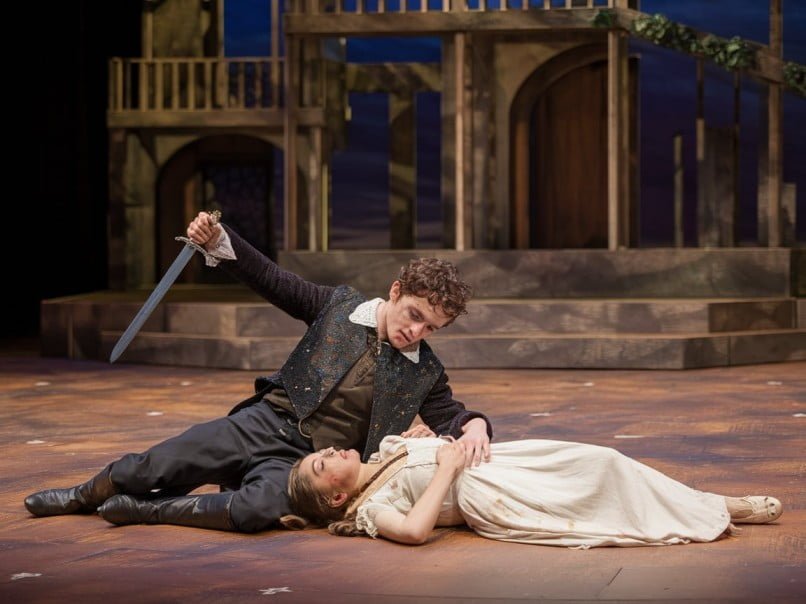
Key Characters in Romeo and Juliet
Shakespeare’s plays are known for their complex and memorable characters, and Romeo and Juliet is no exception. Here are some of the key players in this tragic tale:
- Romeo Montague: The male protagonist, Romeo is young, handsome, and romantic. He falls deeply in love with Juliet at first sight, abandoning his previous infatuation with Rosaline. His passionate nature drives much of the play’s action.
- Juliet Capulet: The female lead, Juliet is just 13 years old but shows remarkable maturity and strength of character. Her love for Romeo leads her to defy her family and societal expectations.
- Friar Laurence: A Franciscan friar who plays a crucial role in the play. He agrees to marry Romeo and Juliet, hoping their union will end the feud between their families. His well-intentioned but ultimately disastrous plan sets the stage for the tragic ending.
- Nurse: Juliet’s loyal confidante and caretaker. She acts as a messenger between the lovers and provides comic relief with her earthy humor.
- Mercutio: Romeo’s quick-witted, hot-headed friend. His death at the hands of Tybalt is a turning point in the play, leading to Romeo’s banishment.
- Tybalt: Juliet’s cousin and a skilled swordsman. His fiery temper and adherence to the family feud make him a dangerous antagonist.
- Lord and Lady Capulet: Juliet’s parents, who arrange her marriage to Count Paris, unaware of her love for Romeo.
- Lord and Lady Montague: Romeo’s parents, who worry about their son’s melancholic nature at the beginning of the play.
The Language of Love: Shakespeare’s Poetic Brilliance
One of the reasons Romeo and Juliet has endured as one of Shakespeare’s most beloved plays is its beautiful, poetic language. Shakespeare employs various poetic devices and forms to bring the story to life and convey the depth of emotion felt by the characters.
The play is primarily written in blank verse, unrhymed iambic pentameter, which Shakespeare uses to great effect in creating a natural, yet elevated style of speech. However, he also incorporates other poetic forms, such as sonnets, to highlight particularly significant moments.
The famous balcony scene (Act 2, Scene 2) is a prime example of Shakespeare’s poetic mastery. Romeo’s lines, “But, soft! what light through yonder window breaks? / It is the east, and Juliet is the sun,” are not only beautifully crafted but also rich in metaphor, comparing Juliet to the life-giving sun.
Shakespeare’s use of imagery is particularly striking in Romeo and Juliet. He frequently employs celestial imagery to describe the lovers, emphasizing their otherworldly beauty and the cosmic scale of their love. Light and dark imagery is also prevalent, symbolizing the interplay between love and hate, joy and sorrow.
The play is also filled with memorable quotes that have become part of our cultural lexicon:
- “O Romeo, Romeo, wherefore art thou Romeo?”
- “A plague on both your houses!”
- “Parting is such sweet sorrow”
- “For never was a story of more woe / Than this of Juliet and her Romeo”
These lines, among many others, demonstrate Shakespeare’s unparalleled ability to capture complex emotions in concise, powerful phrases.
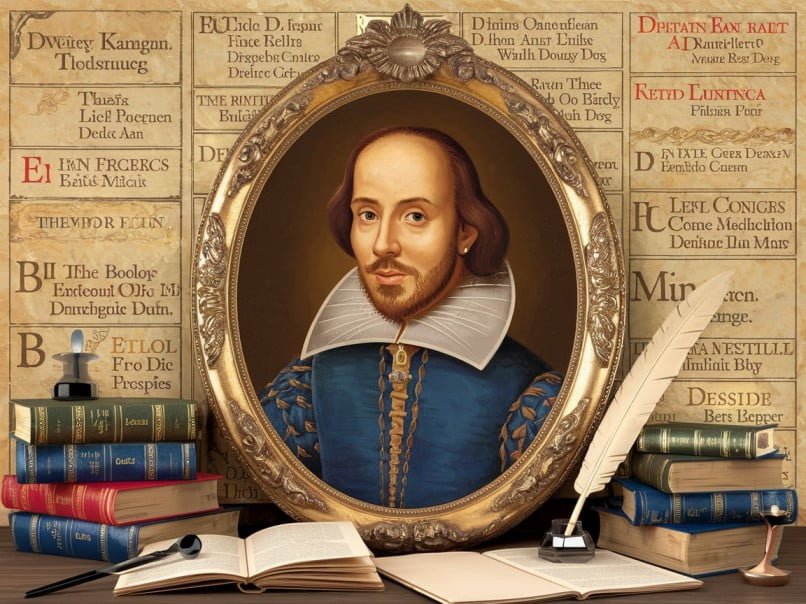
The Historical Context of Romeo and Juliet
To fully appreciate Romeo and Juliet, it’s important to understand the historical context in which Shakespeare wrote it. The play was likely composed in the mid-1590s, during the reign of Queen Elizabeth I, a period known as the English Renaissance.
This was a time of great cultural and intellectual flourishing in England. The theater was particularly popular, with public playhouses drawing large crowds from all social classes. Shakespeare’s plays, including Romeo and Juliet, were performed at these theaters, making them accessible to a wide audience.
The story of Romeo and Juliet wasn’t entirely original to Shakespeare. He based his play on an Italian tale, translated into verse as The Tragical History of Romeus and Juliet by Arthur Brooke in 1562. Shakespeare’s genius lay in how he adapted this story, expanding the plot and deepening the characters to create a timeless masterpiece.
The setting of the play in Verona, Italy, was typical of many of Shakespeare’s plays. Italy was seen as an exotic and romantic location by English audiences, and setting plays there allowed Shakespeare to explore themes and situations that might have been too controversial if set in England.
Romeo and Juliet on Stage and Screen
Since its debut in the 16th century, Romeo and Juliet has been one of the most frequently performed of all Shakespeare plays. Its enduring popularity has led to countless adaptations across various media, each bringing its own interpretation to this classic tale.
On stage, notable productions have ranged from traditional Elizabethan-style performances to modern, avant-garde interpretations. The Royal Shakespeare Company, for instance, has staged numerous acclaimed productions over the years, often with innovative approaches to casting or setting.
In cinema, Romeo and Juliet has been adapted numerous times, with some versions staying true to Shakespeare’s text and others taking more creative liberties:
- George Cukor’s 1936 film starring Leslie Howard and Norma Shearer was one of the first major Hollywood adaptations.
- Franco Zeffirelli’s 1968 version is widely considered a classic, praised for its authenticity and the youthful energy of its lead actors.
- Baz Luhrmann’s 1996 “Romeo + Juliet” starring Leonardo DiCaprio and Claire Danes brought the story into a modern setting while retaining Shakespeare’s original dialogue.
- In 2013, Julian Fellowes adapted the play into a film directed by Carlo Carlei, aiming to introduce the story to a new generation.
Beyond direct adaptations, Romeo and Juliet has inspired countless other works across various art forms. West Side Story, both the stage musical and film adaptations, transposes the story to 1950s New York City. In literature, books like “Warm Bodies” by Isaac Marion reimagine the tale in a post-apocalyptic zombie setting.
The Enduring Legacy of Romeo and Juliet
More than four centuries after it was written, Romeo and Juliet continue to captivate audiences worldwide. Its themes of love, conflict, and tragedy resonate across cultures and generations, making it one of Shakespeare’s most universally beloved plays.
In education, Romeo and Juliet is often one of the first Shakespeare plays introduced to students. Its relatability to young audiences, combined with its rich language and themes, makes it an ideal entry point into Shakespeare’s works and Renaissance literature in general.
The play’s influence extends far beyond the realm of literature and drama. It has inspired countless works of art, from paintings and sculptures to operas and ballets. Composers like Tchaikovsky, Prokofiev, and Berlioz have created musical works based on the play.
In popular culture, references to Romeo and Juliet are ubiquitous. The term “star-crossed lovers” has entered common usage to describe ill-fated relationships. The balcony scene is one of the most iconic in all of literature, frequently parodied and referenced in films, TV shows, and advertisements.
The play has also contributed significantly to tourism in Verona, Italy. Despite being a work of fiction, the city has capitalized on its connection to the play. Visitors can see “Juliet’s House,” complete with a balcony, and leave love notes on the walls of the entrance to the courtyard.
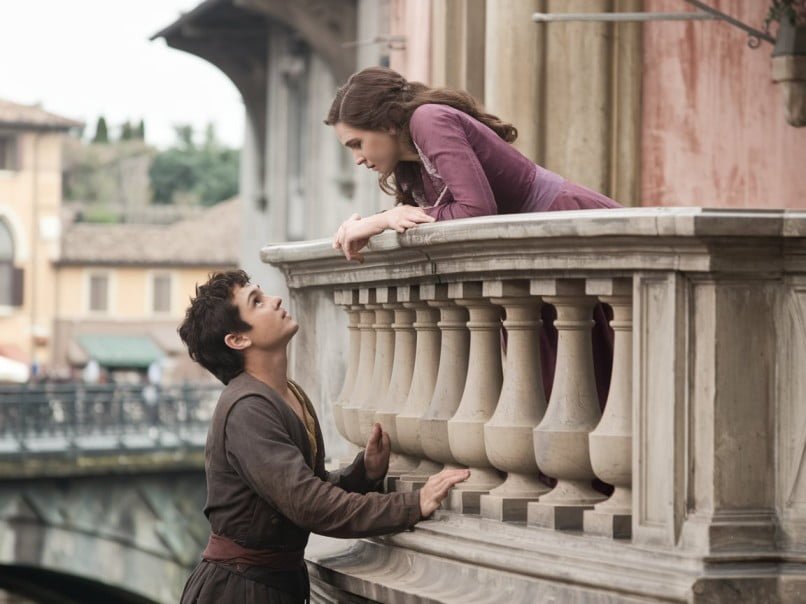
Conclusion: The Timeless Appeal of Romeo and Juliet
Romeo and Juliet stands as a testament to William Shakespeare’s unparalleled ability to capture the essence of human emotion and experience. Through its exploration of love, hate, fate, and tragedy, the play continues to speak to audiences across centuries and cultures.
What makes Romeo and Juliet truly special is its ability to be both deeply personal and universally relevant. The raw emotion of first love, the pain of loss, the frustration with societal expectations – these are experiences that resonate with people of all ages and backgrounds.
Moreover, the play’s themes remain startlingly relevant in today’s world. The destructive nature of prejudice and hate, the conflict between individual desire and societal expectations, the impulsiveness of youth – these are issues that continue to shape our world and our personal lives.
As we continue to stage, adapt, and reimagine Romeo and Juliet, we not only pay homage to Shakespeare’s genius but also reaffirm the timeless nature of his insights into the human condition. Whether on stage, on screen, or on the page, the story of these star-crossed lovers from Verona continues to move, inspire, and captivate audiences, ensuring that Romeo and Juliet will remain a vital part of our cultural landscape for generations to come.
In the end, perhaps the true magic of Romeo and Juliet lies in its ability to make us feel – to remind us of the intensity of young love, the pain of loss, and the power of words to capture the full spectrum of human emotion. In doing so, it fulfills the highest aspiration of art: to illuminate the human experience and connect us across time and space.
As we close this exploration of one of William Shakespeare’s greatest plays, we remember why his works have endured for centuries and why readers, performers, and audiences will continue to cherish them for many more to come.

